The problem is the same as in the linked question except that you want to detect current above a certain threshold rather than accurately measure it and display a reading. As you can see from my answer to the previous question, measuring the current in a two-core cable containing the feed and return wires is difficult and requires fairly precise alignment of the cable.
I've heard about sensors in the past that have 2 Hall sensors angled at 90 degrees to measure current ...
A link or reference would be nice if you can find it. Then we can discuss it.

Figure 1. The https://moderndevice.com/product/current-sensor/ device.
The linked article explains:
It theory you shouldn’t be able to sense a current from two AC carrying wires in close proximity. This is because the magnetic fields from the two, 180 degree out-of-phase, power conductors should cancel one another. If you’ve ever used an AC clamp (current) meter, you know that it is important to put only one conductor inside the clamp. Putting both conductors inside the clamp meter will result in a zero, or very low reading as the fields cancel.
The trick the Modern Device Current Sensor uses is getting the two separate hall elements as close as possible to a cables separate conductors, one sensor closer to one wire and the other sensor closer to the other (out of phase) conductor.
The sensors are mounted in anti-parallel (180°), not at 90°.
There is little benefit in this arrangement as the feed and return currents will be the same so you might as well clamp the PCB to the cable, rotate until you get the strongest signal (from either live or neutral) and then run some sort of calibration. Putting some hot-melt or other adhesive between the cable and PCB prior to calibration might be a good idea.
